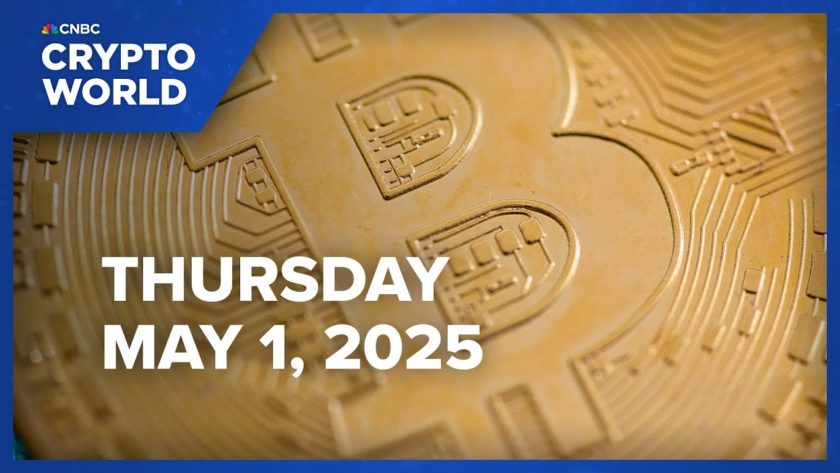Ethereum co-founder Joseph Lubin has made the claim that his currency will achieve an exponential increase in scalability over the coming years.
Speaking in an interview with CoinTelegraph, Lubin stated that ETH scalability–the most prominent issue to be addressed in the massive Ethereum 2.0 overhaul–will improve by 1,000 times in the next 18 to 24 months. Lubin highlighted the Ethereum 2.0 update, also codenamed Serenity, as the primary driver for the increase in scalability.
Despite the growing landscape for cryptocurrency, the majority of top coin projects such as Ethereum and Bitcoin still suffer from an inability to scale to levels necessary for mainstream adoption. ETH, in particular, is facing an issue of handling the load of mercantile transactions, in addition to other network features such as smart contracts and DApp developments. Ethereum 2.0 seeks to solve the issue of scalability–among a number of proposed solutions–by switching the currency from its historic Proof of Work algorithm to Proof of Stake. Through staking, the currency will utilize the resources of users pledging “staked” coins in order to improve the user experience and efficiency of the overall Ethereum network.
Lubin gave further updates on the development timeline for Ethereum 2.0, sharing his belief that the project will have an operational testnet in the coming months, with a Phase 0 launch to follow before the end of the year,
“In a small number of months, we should have a fully operational testnet and possibly, by the end of this year we’ll have a fully operational phase 0 Ethereum 2.0.”
The co-founder’s time-table for Ethereum 2.0 stands in stark contrast to comments made by Messari CEO Ryan Selkis, who claimed last week that the update would take much longer than what ETH devs are predicting. Rather than being completed by the end of next calendar year, Selkis predicted that Ethereum 2.0 would not be fully operational until 2021 at the earliest,
“I don’t expect Proof of Stake and Ethereum 2.0 to happen before the end of 2021 at the earliest.”
Lubin did shed some light on how Ethereum developers are planning to manage the currency’s transition without implementing a hard fork, which has been the traditional approach to massive coin overhauls. Rather than forking the blockchain into multiple currencies, Lubin claims that the new chain could be merged with the old, allowing tokens to move through “bidirectional mechanisms” onto the Proof of Stake platform.
Ethereum’s co-founder also defended the security of Proof of Stake, debating another point that was raised by Selkis. While Proof of Work has been rigorously tested as the algorithm of Bitcoin and other major cryptocurrencies, Proof of Stake has yet to be implemented on a similar level of scale. Lubin stated that PoS was thoroughly researched by teams prior to ETH devs making the decision to transition away from PoW, and claims that Etherum 2.0 will be adding new features to the blockchain to make it more compatible than previous iterations.




